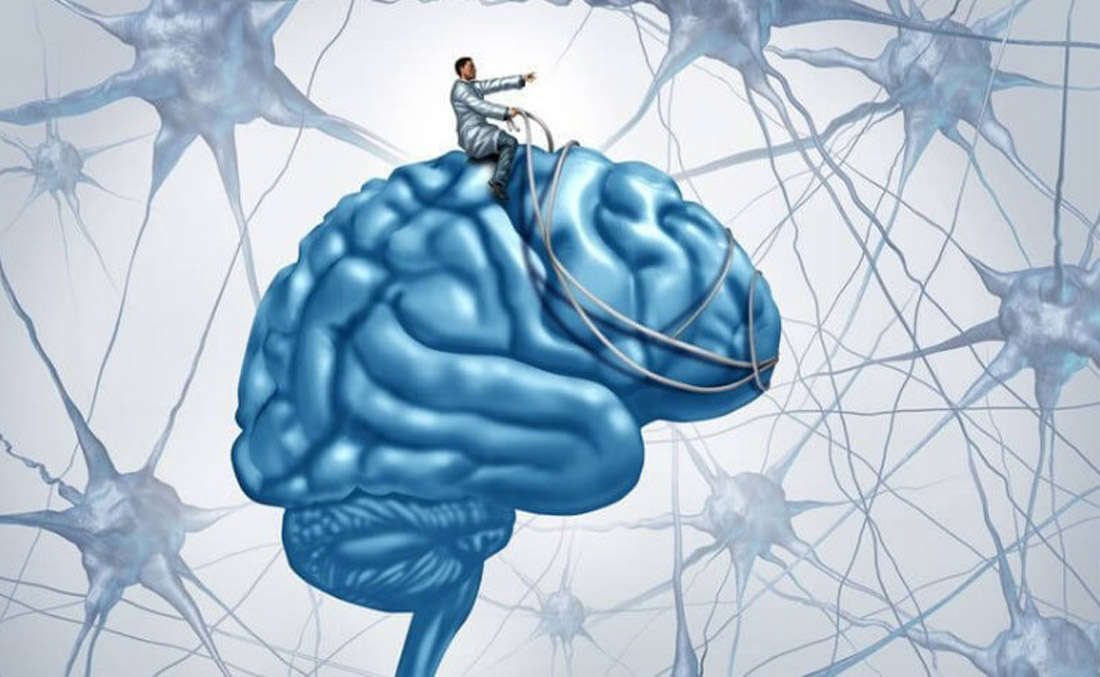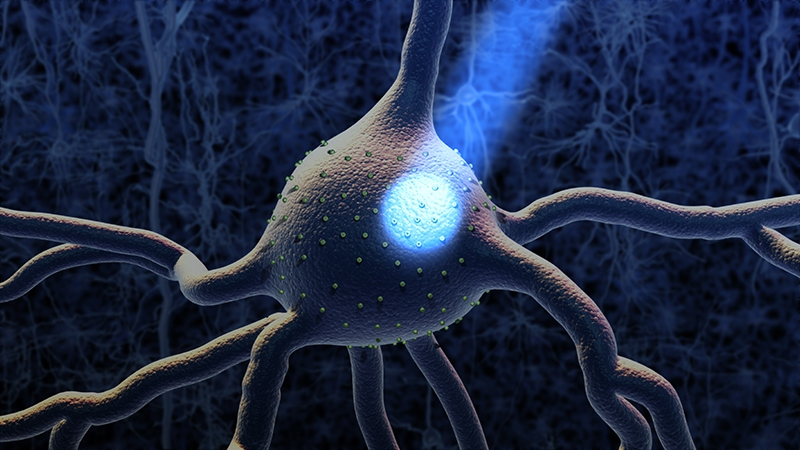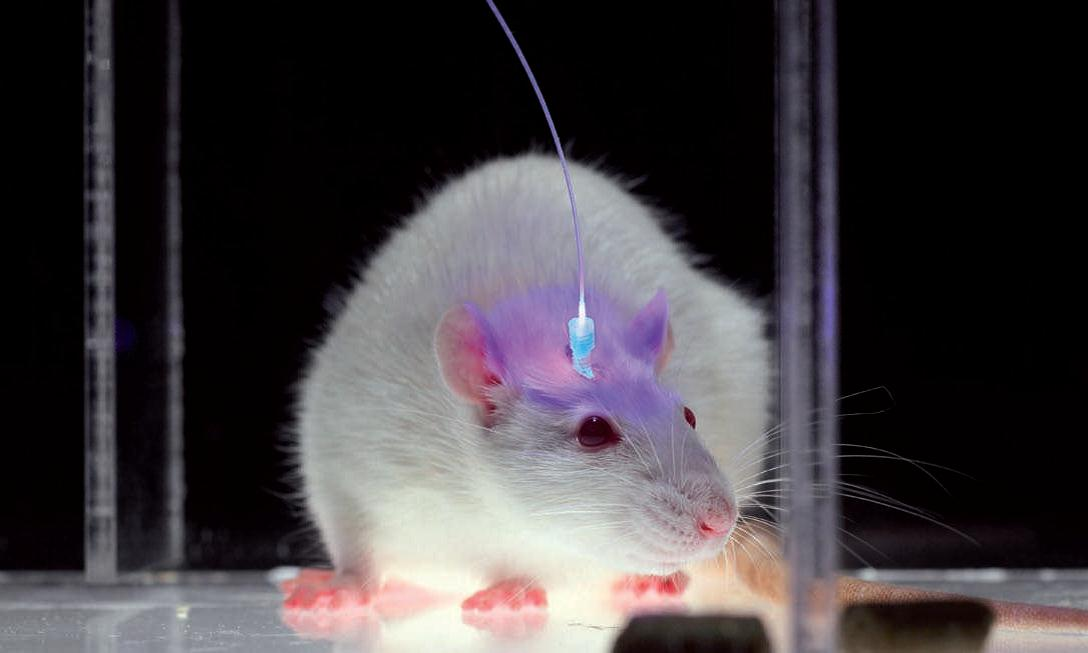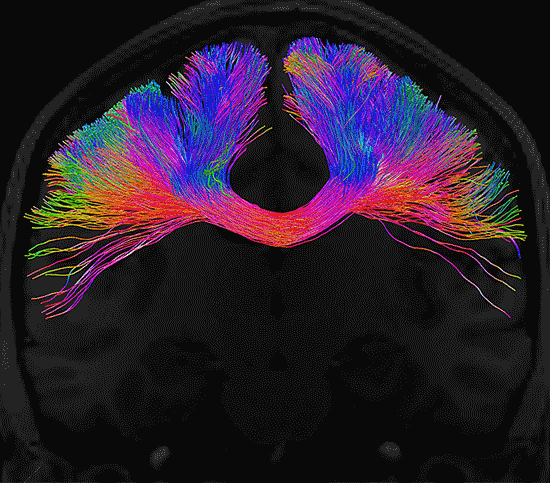
Libido ”is one of the main concepts introduced into the world lexicon by the founding father of psychoanalysis Sigmund Freud. During its existence, this word has acquired many meanings and interpretations in the cultural field. In modern psychology, it is used as a synonym for sexual attraction, but at the very dawn of psychoanalysis, everything was much more complicated. We will tell you how the role of libido has changed and what they propose to do with it now.
Life energy for all occasions
In its original meaning, the term "libido" is described as a special vital energy underlying sexual desire and, in principle, any manifestation of love. Even to my parents. This energy existed in the human body and, if it was not allowed to pour out into sexual practices or sexual behavior, it became the cause of neuroses or creativity.
According to Freud, libido originated in the unconscious (id) and, traveling through the human body, contributed to his psychosexual development in five main stages:
Oral stage - when an infant (up to 1.5 years old) experiences the pleasure of breastfeeding.
The anal stage is when an infant (1.5 to 3 years old) enjoys controlling bowel movements and urination.
Phallic stage - at this age, children from 3 to 6 years old, according to Freud, begin an active study of their body, physiology, compare themselves with other children.
The latent stage is the same, from 6 to 12 years old, during which the sons develop the Oedipus complex, and the daughters develop the Electra complex, when, according to Freud, children direct sexual attention to parents of the opposite sex.
The genital stage - from the age of 12, when a person has already begun puberty.
If in the process of growing up a person there were some failures in the shift of emphasis of libido, then the result was behavioral pathologies.
Libido long enough remained the cornerstone of human behavior, as psychologists saw it. But science did not stand still, new methods were added to the observation of patients (the study of brain activity and physiological reactions), and it turned out that Freud was not so wrong in describing libido.
The key to happiness
Now "libido" is used synonymously with sex drive. It describes a person's desire and ability to have sex. If Freud considered libido a physiological need along with hunger, then today it is part of the human motivational system.
And, of course, this is not an ephemeral energy plying the body. Libido is a whole set of sex (and not only) hormones that are responsible for a person's sexual behavior, as well as brain responses that are responsible for reading sexually relevant signals.
The way libido works is most easily compared to picking up a Rubik's Cube. For the puzzle to be considered solved, all the colors on each face must match. Libido works in the same way, it is necessary that all factors converge:
Sexually relevant signals read.
The brain selects from the many signals it receives, those associated with sex. It could be a partner's touch, kissing, movement, or an appearance that you perceive as sexual.
Hormones released.
A whole cocktail of pituitary hormones, sex hormones and neurotransmitters enters the bloodstream, which make the body ready for action.
Circumstances are approved by the brain.
There is such a thing as non-concordance, which Emily Nagoski talks about in detail in the book "How a Woman Wants". This is a situation where a person's genital response signaling arousal does not match what they actually think. In men, according to research results, the coincidence of the genital response with arousal "in the brain" is 50%, and in women - only 10%.
For some, this process of assembling a puzzle is easier, for others it is more difficult. In many ways, it depends on sexual temperament - the characteristics that the surrounding culture imposes on a person's sexual behavior.
To save, to save, or not to touch?
Libido is a rather fragile structure. Anything can affect the speed of solving the puzzle and success: stress, submitting an annual report, negotiating the terms of a preferential mortgage, distrust and fear of parting with a partner or a broken leg. In response to stress, libido can fluctuate both upward and downward.
Due to stereotypes that society and popular culture lays about sexual behavior, many people may be unhappy with their type of attraction and believe that it needs to be changed. Sometimes these attempts can lead to even more problems than it was in the "before" stage. Here are a couple of tips on what to do if you're not sure if everything is as it should.
Contact a specialist
A psychologist and sexologist will help you figure out what the problems with attraction are connected with and whether they are. As we said, the problem can be psychological, trauma, or chronic stress. An expert will help you get through it. If the problem lies in the physiological plane, you will be referred to an endocrinologist for the preparation of drug therapy. Remember that hormonal drugs to correct libido must be prescribed by a doctor.
Learn to play the cards that you got when dealing
This is a challenging skill and requires breaking stereotypes about sexual behavior. You need to learn to live in your body, hear it and enjoy the way it is. To master this skill, a person can experiment, explore new sexual practices and - of course - be sincere in a relationship with a partner when it comes to sexual desire.




